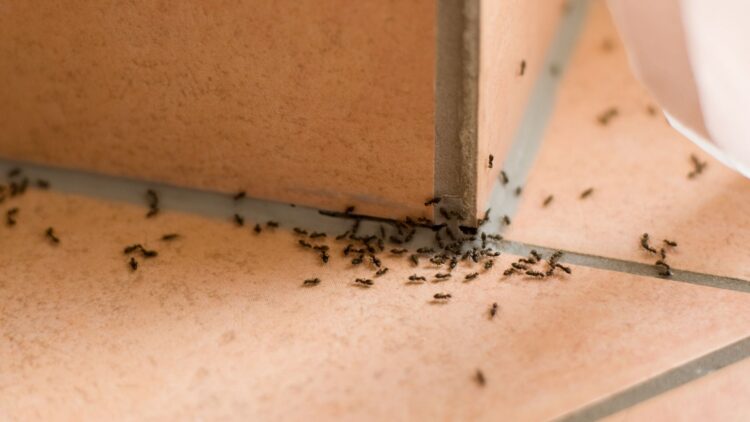With the right pesticide and some intervention tricks, you can get ants out of your home — and make them stay out — this spring and summer. Ants can be a major insect invasion as summer arrives and temperatures rise… read on to learn more about pest prevention and home care.
What the experts are currently explaining
The News & Observer spoke with Sydney Crawley, a North Carolina State professor and extension expert with expertise in insect and vertebrate pests, to learn why they’re in our spaces and how we can reclaim our homes. “There is some value in making sure that native ants are protected,” she explained recently. “Nevertheless, when ants start invading the home, contaminating food and annoying people and pets, I believe that control of some sort is warranted.”
Why do ants enter homes? All you must know
Ants come inside homes in search of three basic things: food, water and nesting habitat. You must know that gfod is the No. 1 reason, and many species of ants love protein, sweets and grease. An expert explained that “once a foraging ant has found suitable food, they will communicate this to other foragers, usually through a trail pheromone. This leads more and more workers to the food source, explaining why you may see more ants over time.”
How to get rid of ants: the three main ways
The main point for getting rid of ants are: exclude, sanitize and apply pesticides.
In first place: exclude. Caulking or sealing openings that may allow ants inside can prevent invasion. Trimming back ornamental plants and trees that touch the home can also help. “There are many ant species that protect aphids that live in plants in exchange for honeydew. Branches serve as bridges that afford ants a convenient way right into your house,” the expert said. You should also repair rips in your screens, replace weather stripping and check around electrical conduits to ensure your home is as tightly sealed as possible.
Second way: sanitize: Maintaing your food sealed. Ants in a home will commonly feed on food crumbs, liquid drippings or debris on dirty dishes. “I see lots of ants in pet bowls, for instance,” she said. Leaky faucets and standing water can attract ants as well. Correct leaky faucets and stagnant drains to keep ants away.
Finally: applying pesticides. Ant baits can help most ant problems. Sugar bait with a toxicant, such as boric acid, typically works well, as several of the ant species that enter homes are sweet-loving ants. This will work in a slow way, as foraging ants take food back to the queen, and you must kill the egg-laying queen to get rid of the colony. If you don’t see any reduction in ant activity after a week, it might be because ants are not at this time feeding on sweets, so you might have to switch to a protein or fat-based carrier. “The product label will have to tell you what the bait matrix is and whether it is meant for sweet-loving ants, or others,” she said.
Some kinds of bait to consider
Down here we will present some kinds of bait to taking into account to solve this problem:
- Gel baits: You can apply this to the areas of your home that are not visible.
- Granular baits: These can be put into the yard, helping attack the issue from the inside and outside.
- General liquid pesticides: Ready-to-use sprays can be used to the foundation to discourage ants (and other insects) from entering in the first place.
An relevant note that you should knpw. In the case you are using bait, do not spray ants or ant trails with chemical products, such as Raid aerosols, to kill them.

